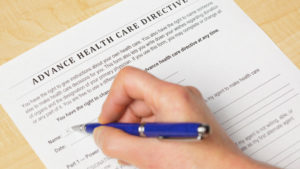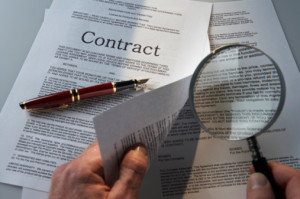Most people think of veterans’ benefits being only for service men and women who were wounded or disabled while serving in the armed forces. That is not the case.
The Veterans Affairs’ Aid and Attendance benefit is available to wartime veterans and their spouses who are now seniors and facing long-term care costs such as home care, assisted living facility costs and nursing home expenses.
Often referred to as the “ghost benefit” because veterans are unaware of it, Aid and Attendance is a needs-based program paid to a veteran or the widow/widower of a veteran (who hasn’t remarried) whose health condition requires non-medical, or personal care. This benefit will pay for long-term care, adult day care, skilled nursing care or house care, as well as be used to pay a family member other than a spouse to care for the veteran at home.
More than 8.5 million veterans are projected to be age 65 or older as of September 2022, says the latest VA statistics. Most believe they are only entitled to benefits if they were actually wounded or disabled while they served in the armed forces.
It’s a sad fact that only a fraction of eligible veteran Americans over age 65, and their spouses, know about the availability of the Veterans Administration Aid & Attendance pension.
To apply for Aid and Attendance, you must meet the following military service requirements:
- Served at least 90 days of active military duty, one day of which was during a war-time period.
- The veteran was honorably discharged from the service.
You must also meet at least one of the following physical requirements:
- You need another person to help you perform and complete five activities of daily living (ADLs), which are eating, bathing, toileting, dressing and transferring (walking).
- You stay in bed or spend most of the day in bed due to illness.
- Your eyesight is limited to 5/200 even with glasses or contact lenses, or you have a concentric visual field that’s contracted to 5 degrees or less.
The dates of military service determined by the VA are as follows:
World War II: Dec. 7, 1941 – Dec. 31, 1946
Korean War: June 27, 1950 – Jan. 31, 1955
Vietnam War: Feb. 28, 1961 – May 7, 1975
Persian Gulf War: Aug. 2, 1990 – present
To qualify doesn’t mean the veteran had to be involved in the fighting, or even in the theatre of operations. For example, your father was in the Air Force during the Vietnam War, but stationed in California. Under the current guidelines, your dad could qualify.
If you meet all the criteria for a service pension, you still have to go through the application process. The VA pension process makes the Medicaid application process look simple. The VA pension application is very long and asks for many pieces of supporting documentation, everything from military discharge papers (the DD-214), to bank statements and marriage licenses.
Once the actual application is completed and filed with the VA, the approval process is slow; it could take up to six to nine months to hear back. However, the benefit is retroactive to the month after the application is submitted.



